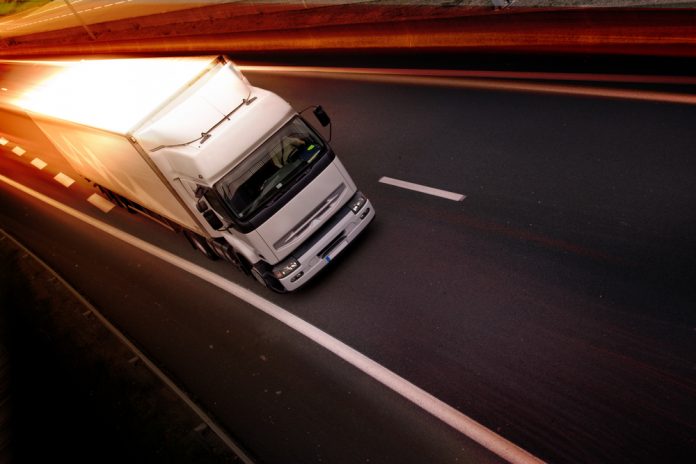It is no secret that the fulminant advances in AI technologies have taken the American economy, including the trucking industry, by storm. Last month, there was news that the United States Postal Service has launched a pilot program in which mail transportation becomes the responsibility of self-driving trucks. In consequence, many trucking companies and their employees felt overwhelmed. What does this new responsibility of self-driving trucks moving mail over a 1,000-mile route between Dallas and Phoenix bring to truck drivers and their job security?
Does Technology Signal the End of Trucking Companies?
The aforementioned trucks are not just a future project. They have already completed their first run,and are currently expecting their second set of deliveries, according to Chuck Price, chief product officer for the company that built the trucks.
The CPO of TuSimple believes his innovative technology saves dramatically on the operating cost of vehicle driving and it is also fuel efficient. This, in turn, helps you save money and it protects the environment.
Reasons Trucking Companies Shouldn’t Start Worrying Yet
So, taking into account the benefits of such a technology, why not replace altogether the need for drivers? The development of autonomous trucks is a concern for the trucking industry, but the switch to this type of AI-lead transportation won’t happen overnight. Below are two reasons why trucking companies, family owned or not, shouldn’t worry too much about self-driving trucks at the moment:
Truck-Driving Requires Attention and Coordination Skills
Heavy-duty trucks cannot be driven in the same manner as a sports car. Can a robot acquire the reflexes and intuition that a human driver must have in order to maneuver the vehicle and react to other vehicles on the road? Also, what about weather conditions?
Self-Driving Trucks Need Someone to Control Them
While it is true that the self-driving revolution will take years to come into effect, these future autonomous vehicles will still need tech-savvy drivers monitoring the controls. In other words, vehicles might be able to drive themselves in certain situations in the future, but they will need a human to take the wheel in the event of bad weather or construction.
AI Can Help Drivers
Whether artificial intelligence will dismiss human drivers or not is hard to tell, but their help in safeguarding human drivers is obvious. The robot driver might not be able to determine and negotiate weather conditions, roadblocks, accidents, etc, but it can learn about pre-determined hazards from a combination of data-driven modelling and human input.
The only way we can ascertain the future of autonomous vehicles is to support the implementation of such technologies. Resistance to new technology has time and time again proven to be the major setback to human progress. Since automation is proving to be more and more popular among all industry leaders, it is about time people accepted the benefits of robot-driven vehicles.
Find a Home-Based Business to Start-Up >>> Hundreds of Business Listings.

















































